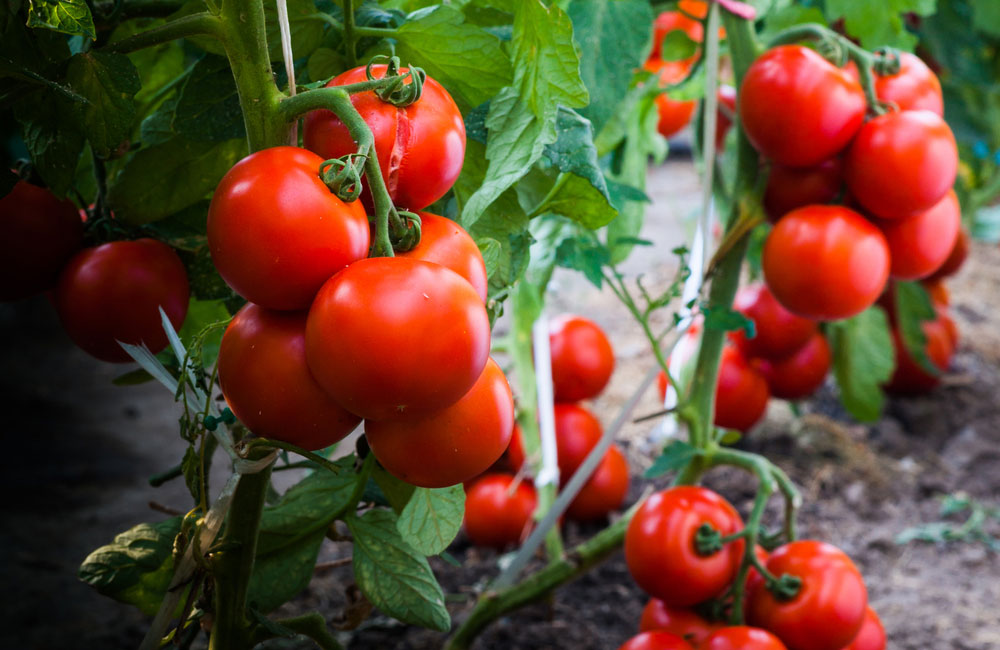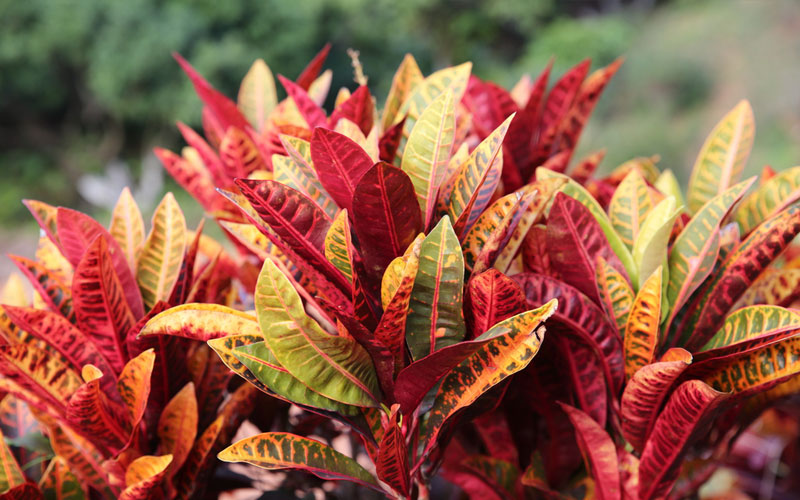
The coral creeper (Barleria repens) is a shrubby plant that typically grows to be less than 70 cm. This plant produces many coral-colored tublar plants and will spread rapidly in good conditions. The flowers are relatively large and are typically pink-red or deep purple-mauve in color. You can expect the flowers to bloom from late summer to fall. The flowers will attract insects as well as insect-eating birds to your garden.
The fruit forms in the autumn and comes in the form of a club-shaped capsule. The leaves of this plant are dark-green and glossy. This plant grows quickly and is easy to care for.
You can expect the Barleria repens to easily adapt to different conditions. In fact, you don’t even need a garden to grow this plant. You can grow it in a container on top of a wall. If you plant the coral creeper on a low wall, you can expect it to cascade down the wall. This plant can also serve as an excellent groundcover. All you need to do is mass-plant the coral creeper in partial shade. However, due to how easy it is for this plant to grow and spread, it is important to take steps to prevent it from becoming a weed in your garden.
Light
The coral creeper grows best in bright but diffused light. If the light is too strong and concentrated, the leaves will turn pale over time. On the other hand, if there is a lack of lighting, the plant will fail to thrive. Coral creepers planted in the shade generally do not produce as many flowers.
Best Watering Practices
This plant requires moderate watering. Give the soil a chance to dry a little between waterings, so the soil doesn’t become too saturated with water. You should water the coral creeper less frequently during the winter. Avoid watering this plant with cold water. Otherwise, the leaves may turn brown.
Temperature
The Barleria repens plant is able to handle temperatures ranging from 28 to 96.8 degrees Fahrenheit. The optimal temperature is 50 to 59 degrees Fahrenheit for this plant. This plant is fairly resistant to frost and can survive a sudden drop in temperature of up to 50 degrees Fahrenheit, at least in the short-term.
Soil
It is important that you plant the coral creeper in good, well-drained, and light soil. The ideal pH for the soil is 5.6 to 7.5. There should also be plenty of organic material and compost. Consider spreading mulch on the soil’s surface after planting the coral creeper. Replace the layer of mulch on a regular basis. The mulch will function to suppress weeds from growing.
Fertilizer
During the spring, summer, and fall, you should fertilize the coral creeper every two weeks. You can use a mixture made for flowering plants or you can use a liquid balanced fertilizer. Avoid fertilizing the coral creeper more than once a month during the winter.
Propagation
The coral creeper is able to reproduce by seed. The fruit of this plant will explosively release seeds up to a few meters away from the plant. These seeds may spread even further by animals, the wind, water, and other means. It is also possible for the coral creeper to reproduce vegetatitively via its rooting stems.
You can propagate this plant with cuttings that are 8 to 10 cm long in the spring and summer. To encourage bushiness of the plant, you should pinch out the shoots. Another easy method of propagating this plant is to plant the rooted runners into individual containers. Water them carefully until they become strong and well-established. When they are ready, you can transfer them to your garden. Be sure to keep the rooted runners neither too dry or too saturated.
If you’re not careful, the coral creeper can become a weed in your garden. This plant is considered a threat to natural vegetation in certain ecosystems. It is able to quickly form dense infestations and it can become a weed for riparian vegetation. This weedy yet appealing plant can spread very quickly wherever it is planted by rooting stems or seed.
Pruning
After flowering, you should prune the coral creeper back hard to keep the plant neat. Flowering typically comes to an end in autumn or early winter. You can use the prunings as mulch or compost.



